DISCONTINUED: Human TNF alpha TranslationBlocker⢠siRNA Duplex Product Attributes
Blocks transcription and translation of TNF alpha from: Human.
May also react with TNF alpha based upon sequence homology and clone specific publications.
Type of RNAi: siRNA.
siRNA target sequence: BC028148.
Samples and cell lines tested: Adherent LPS Treated Human PBMCs and Adherent dsRNA Treated Human PBMCs.
Buffer and Stabilizer: Lyophilized. See datasheet for resuspension instructions and buffer information.
Concentration of Anti-Human TNF alpha: Lyophilized
SiRNA Purification Method:RPC/HPLC
Storage Conditions: Store Lyophilized siRNA duplex at 4C. Reconsituted product may be stored at -20C for up to 1 month.
TNF alpha Knockdown Protocol:
-
Note: siRNAs may stimulate inflammatory processes and care must be taken when using these as tools to study the inflammatory response. This response is not present for all siRNAs, but is sequence specific. This TNF alpha specific siRNA has been tested and shown to have minimal impact on the inflammatory response in human adherent PBMCs. However, additional testing should be undertaken to ensure appropriateness for your experiments.
- Starting with cultured cells in growth media seed plates with cells. For the above data, 5x104 cells were seeded into 96 well plates and incubated at 37°C.
- Prepare transfection reagent in serum-free growth medium such as Opti-MEM-I. Allow to come to room temperature. DOTAP was used to generate the above data in accordance with manufacturerÂs instructions. It is a cationic liposome similar to Lipofectamine 2000 or other transfection reagents.
- Dilute siRNA to working concentration in serum-free growth media. For DOTAP or similar transfections into 96 well plates, we recommend starting siRNA dose optimization at around 20 pmol siRNA duplex.Optimal dilution should be experimentally determined.
- Combine diluted siRNA and transfection reagent. Equivalent volumes of prepared DOTAP or other transfection reagent and diluted siRNA should be combined and incubated at room temperature for 30 minutes with gentle mixing (optional).
- Add prepared siRNA solution to cells. For 96 well plates this will entail adding the solution to cells in approximately 0.2 ml serum-free medium. For calculating scale up, 12 well plates will require nearer to 1.2 ml of media. Optionally, FITC labeled control siRNA (Product Number QC-1F) or positive control siRNA (Beta-Actin; Product Number QC-2) may be used to assess transfection efficiency.
- Incubate for several hours in serum free media. The above data was generated with an 18 hour incubation.
- Add serum containing media to culture without a media change if longer incubation times are required. Generally 1-2 fold of the original volume of siRNA containing serum-free media is added to restore nutrient levels in media. Alternatively, the media may be directly supplemented with serum such as 10% FBS.
- Incubate and assay several hours after transfection. Optimal knockdown time should also be experimentally determined. Optionally, a second transfection can be performed 24 hours after the first transfection to enhance knockdown. TNF alpha knockdown at the protein level was measured at 26 hours post transfection via ELISA. Stimulation with 20ng/ml LPS to induce a TNF alpha response began 18 hours post siRNA treatment and lasted 8 hours.
TNF alpha General Information
Gene Name: TNF
Entrez Gene ID: 7124
NCBI Ref Seq Accession Number: NP_000585
Uniprot ID:
TNF alpha Molecular Weight:
Alternate Names: DIF, TNFA, TNFSF2, TNLG1F, TNF-alpha, Tumor necrosis factor alpha, Tumor necrosis factor
Limitations and Warranty
This product is for Research Use Only. This product is guaranteed to work for a period of two years when stored at -70C or colder, and one year when aliquoted and stored at -20C.





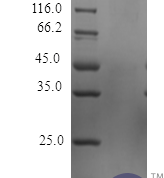
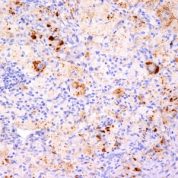
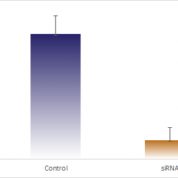

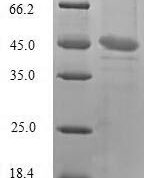
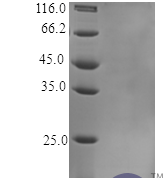
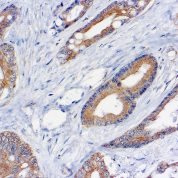
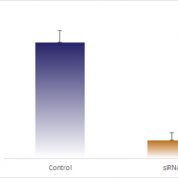
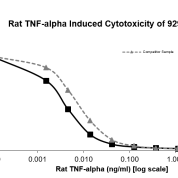

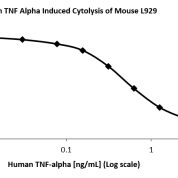
There are no reviews yet.